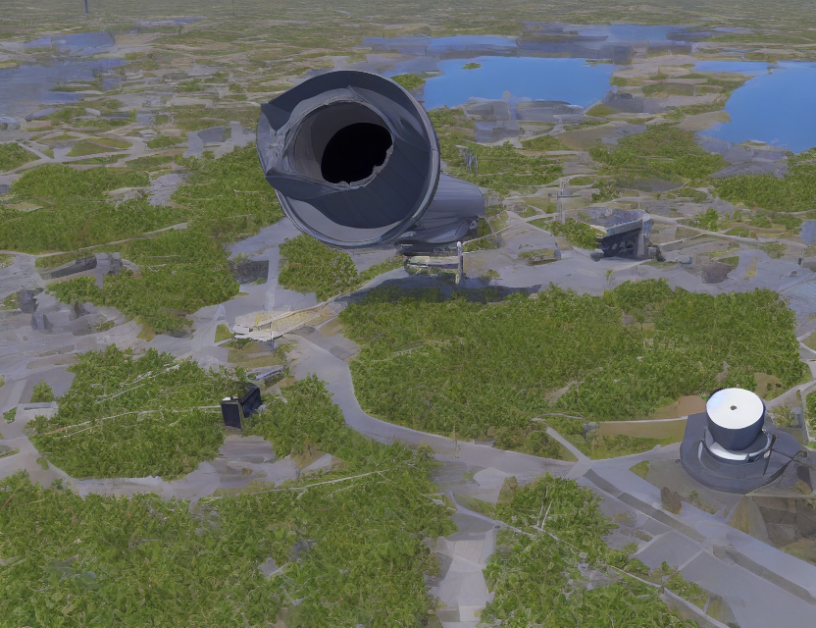Sequences are like a story with many chapters, and understanding how these chapters relate to each other is crucial in various fields such as natural language processing, speech recognition, and bioinformatics. To tackle this problem, researchers have proposed three popular methods: Recurrent Neural Networks (RNNs), Long Short-Term Memory networks (LSTMs), and Transformers. RNNs are like a book with chapters connected by arrows, but they struggle to handle long-range dependencies. LSTMs add forget gates and memory gates to help RNNs remember important details, but they can still become confused when dealing with very long sequences. Transformers, on the other hand, use attention mechanisms to treat each chapter as a separate entity, enabling them to process any length of sequence efficiently.
For shorter sequences, LSTMs are sufficient, but for longer ones, Transformers are necessary to achieve accurate state recognition and projection. These methods have been used in various applications such as image recognition, speech synthesis, and atmospheric dispersion correction. Transfer learning has also proven useful in fine-tuning these models for specific tasks. In summary, relationship modeling is a crucial aspect of sequence data processing, and choosing the appropriate method depends on the length and complexity of the sequence at hand.
Instrumentation and Methods for Astrophysics, Physics
Telescope Simulation Methods: A Comprehensive Review



